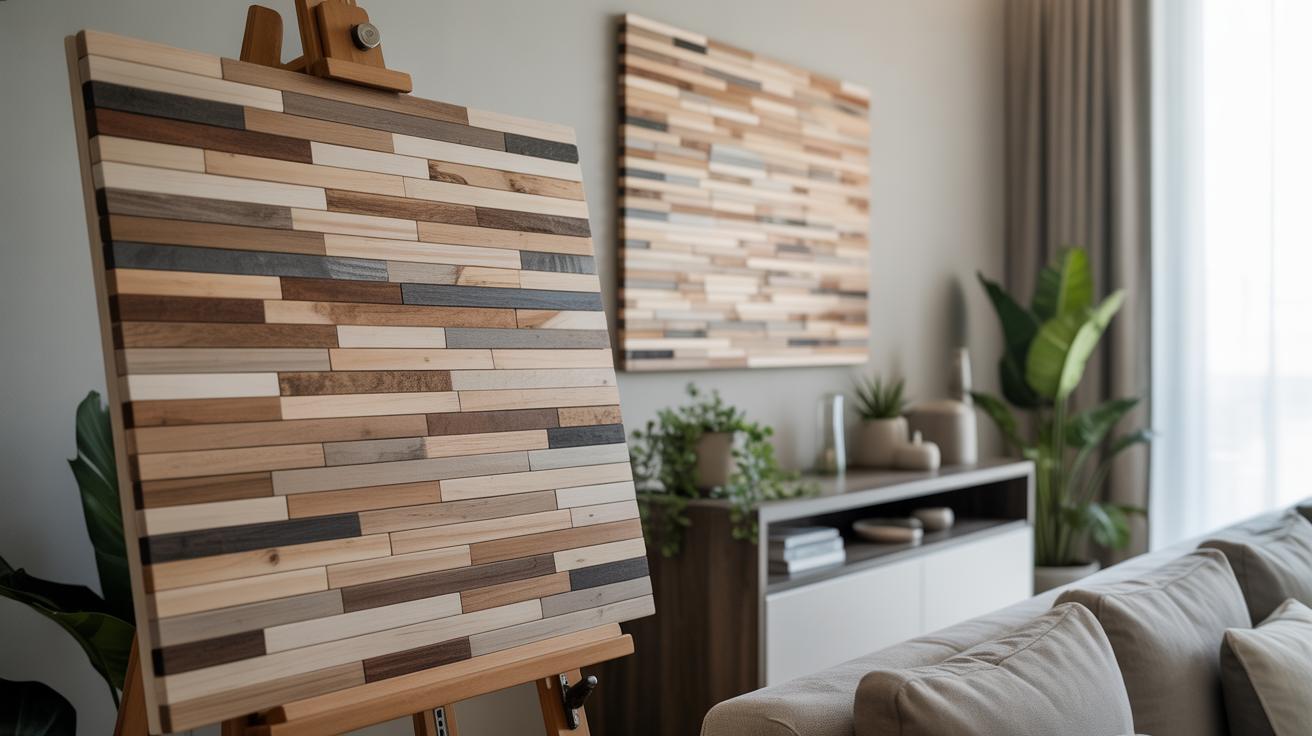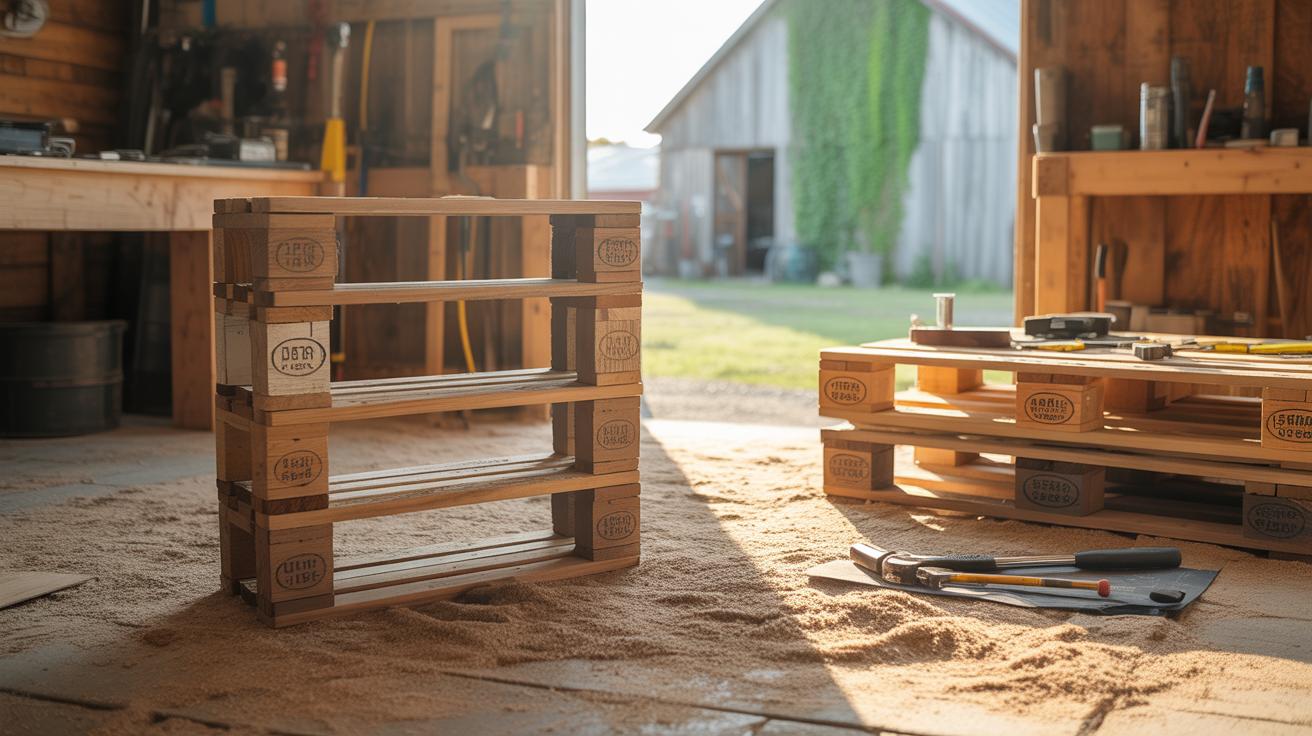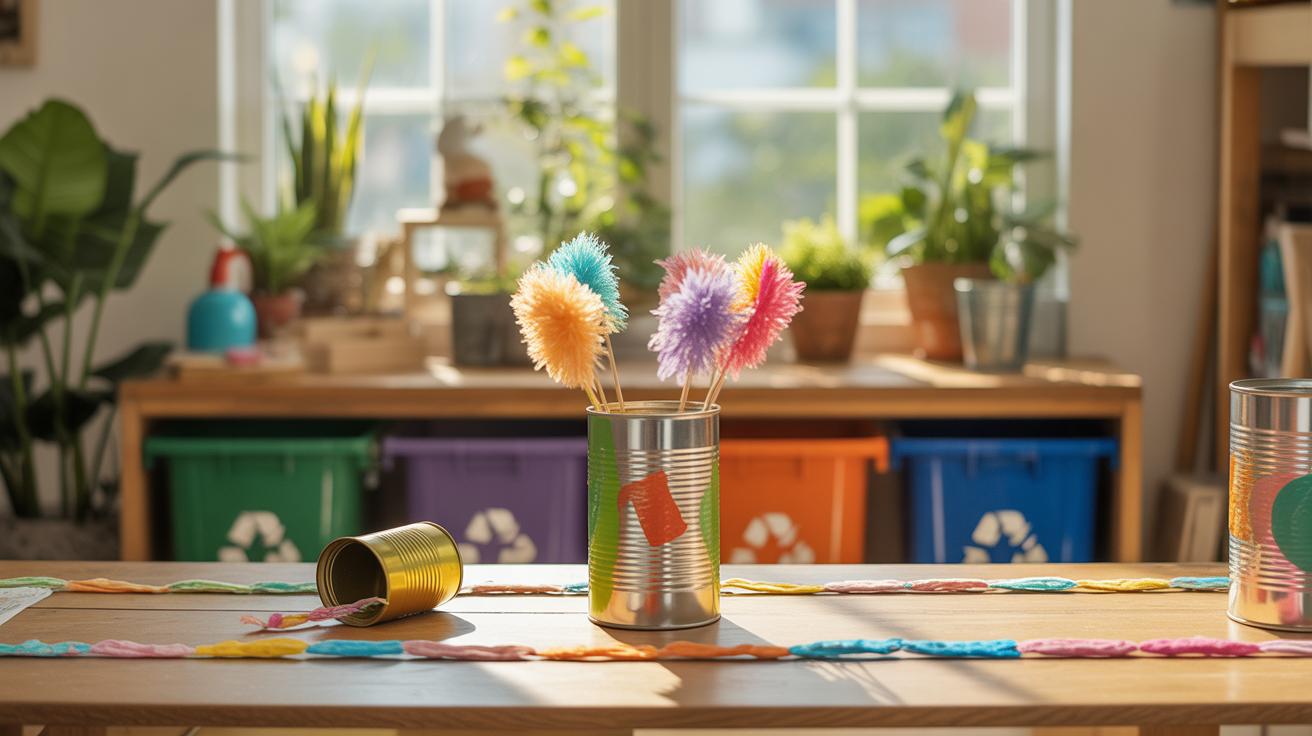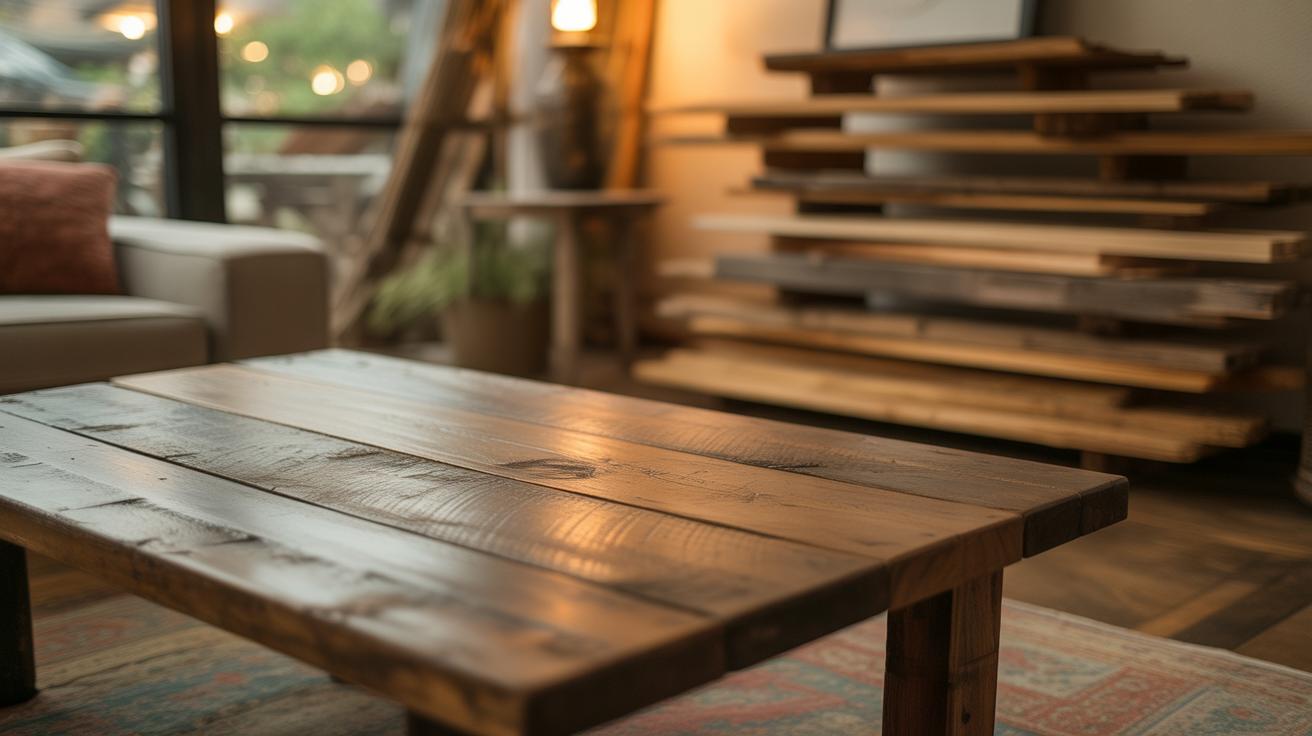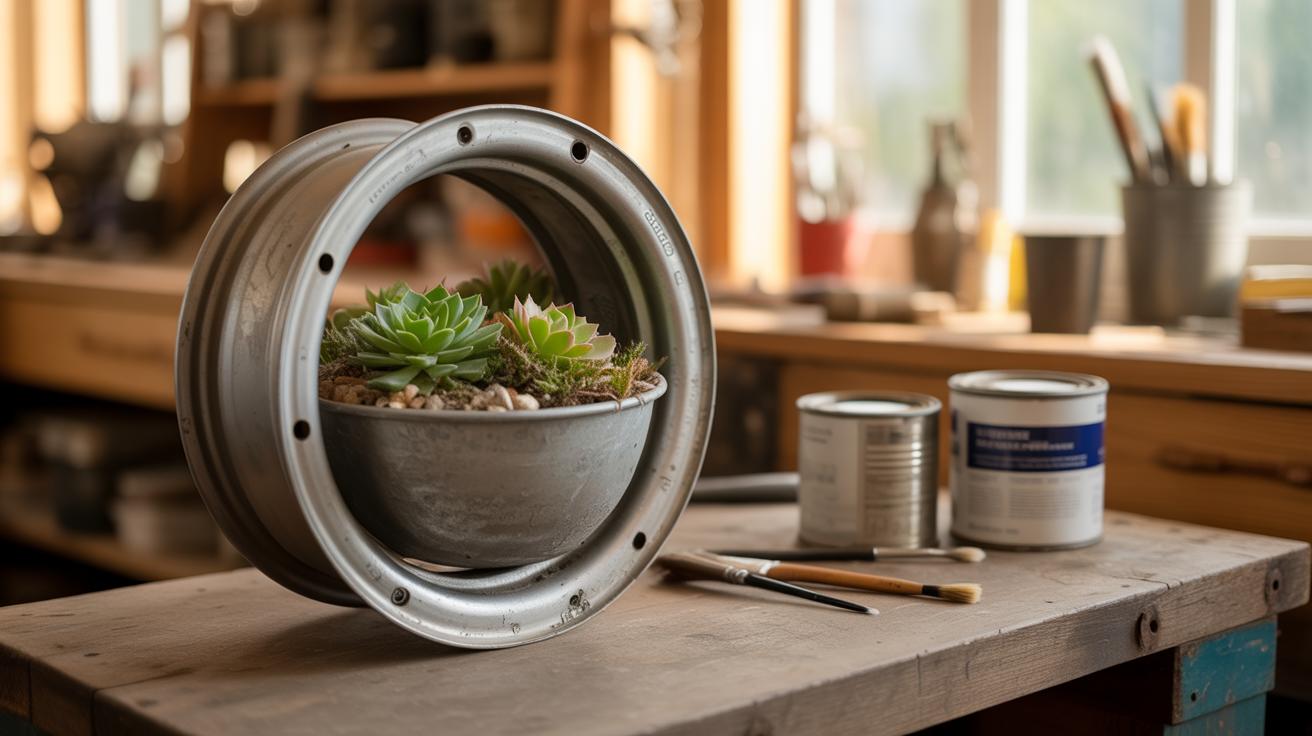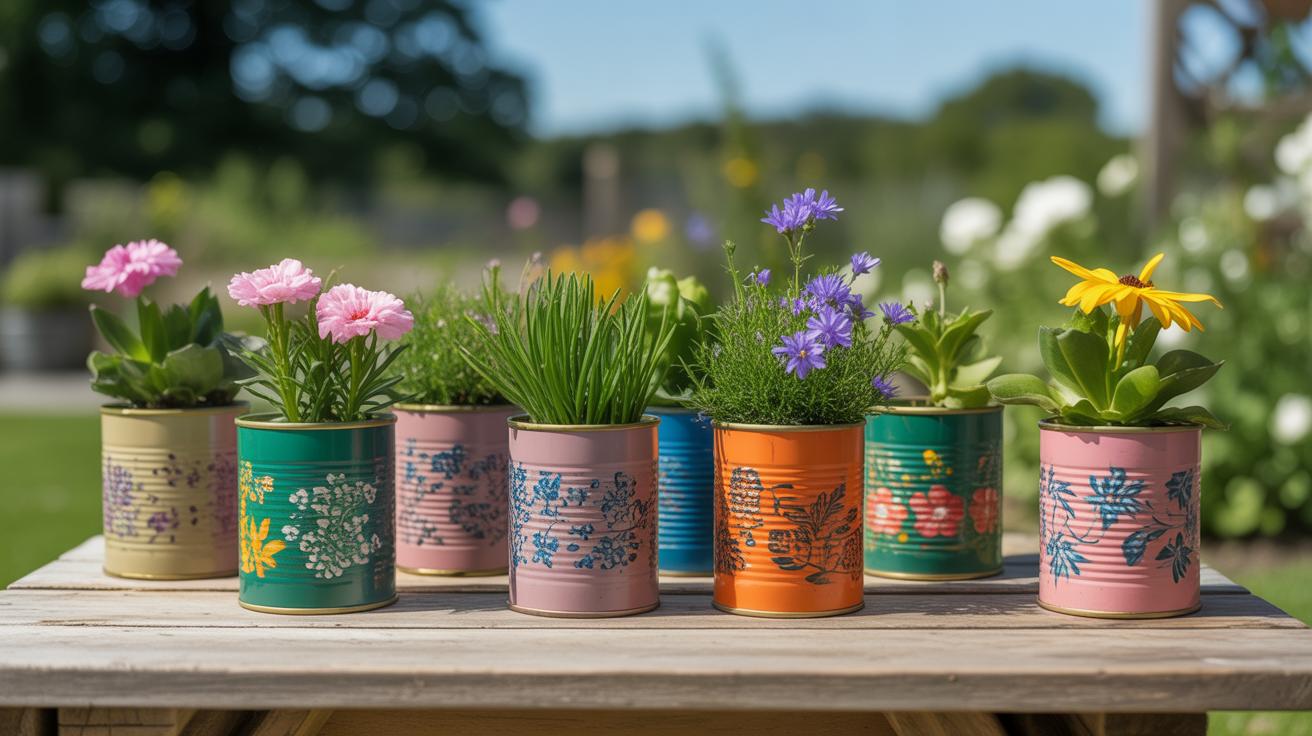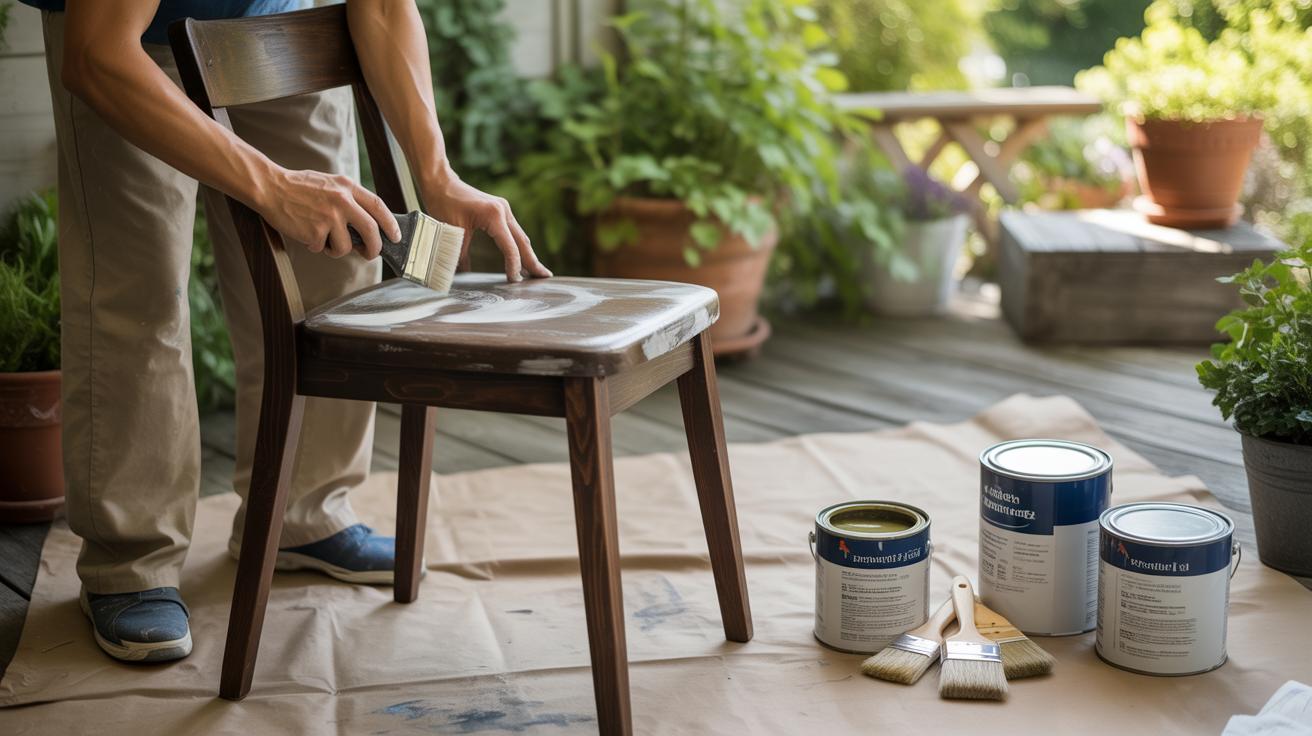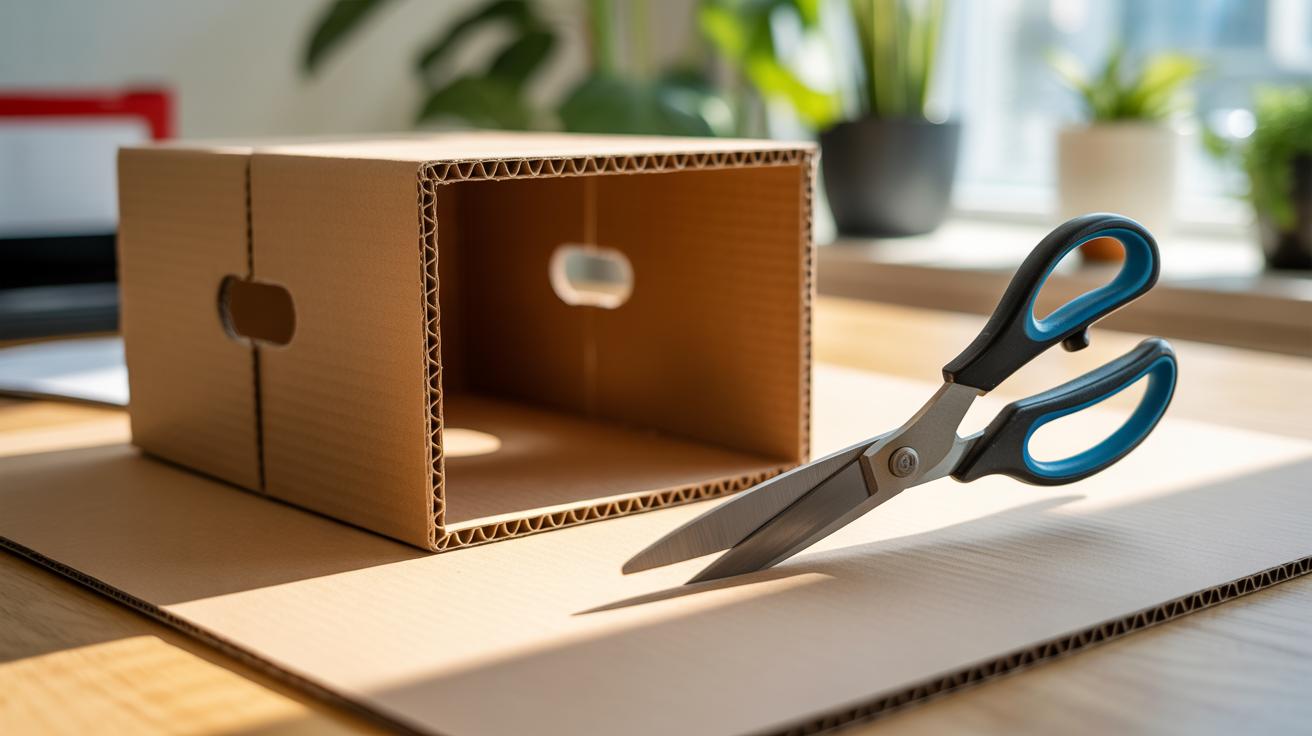Introduction
Crate shelves offer a simple and practical way to organize your space while keeping it stylish. They are versatile and can fit in almost any room. You can use them for storage, displaying items, or even as a creative furniture piece. Crate shelves come in many shapes, sizes, and materials, making them easy to customize for your needs.
In this article, you’ll explore different types of crate shelves, how to build or buy them, and ideas for using them to enhance your home. Whether you want extra storage in your kitchen or a cool bookshelf in your living room, crate shelves can be a great choice for you.
Understanding Crate Shelves

What Are Crate Shelves
Crate shelves are basically storage units made by stacking or arranging wooden crates or similar box-like containers. Their design is pretty straightforward—open on one or more sides, sometimes reinforced with nails or screws, but still very much just… crates. You’ll find them in various sizes, but the basic idea remains the same. They act as open storage, making it easy to see and grab what’s inside.
Their simplicity is part of their charm. Instead of bulky closed cabinets or complicated shelving, crate shelves offer quick visibility and access. You can leave books, plants, or knick-knacks inside without fuss. The open framework encourages you to keep spaces airy, avoiding that cramped feeling shelves sometimes bring.
Why People Choose Crate Shelves
The appeal lies in several things. First up: cost. You don’t need to spend a lot to get a usable, attractive shelf. Wooden crates are often inexpensive or even something you can repurpose from deliveries or markets. That makes crate shelves accessible to many.
Then there’s style. They offer a casual, rustic vibe that fits well in modern apartments or country homes. Whether painted, stained, or left natural, they adapt. They aren’t trying too hard but still manage to hold their own. Plus, they’re simple to set up—stack, attach, or just lean against walls. No special skills or tools are generally needed.
On the other hand, some might find them a bit too raw or unfinished. They aren’t as polished as manufactured shelving, but that’s part of their personality, I guess. If you want something neat and formal, crate shelves might not be your first go-to. But for flexible, affordable, and casual storage? They make good sense.
Materials Used for Crate Shelves

Wooden Crate Shelves
Wood is probably the most familiar material for crate shelves, and it’s easy to see why. It offers a warm, natural look that fits well in many décor styles, from rustic farmhouse to modern minimalist. Common woods include pine, oak, and cedar, each bringing its own character.
Pine is lighter and usually more affordable, but it’s softer and can dent or scratch more easily. Oak, on the other hand, is tougher and ages gracefully with a rich grain pattern, although it’s usually pricier. Cedar has a distinct aroma and resists bugs and moisture better, but it can be a bit softer than oak.
Wooden crates can feel sturdy and solid, but they sometimes demand a bit more care. Think occasional refinishing or protection from moisture if they’re in humid areas. Still, for many, that natural grain and warmth make the effort worthwhile. It’s the kind of material that almost invites you to touch it, to feel the texture beneath your fingers.
Other Materials for Crate Shelves
Metal crates step in as a contrasting option. They’re usually sleek, industrial, and offer a very different aesthetic from wood. Steel or aluminum are common choices, with steel providing more weight and strength, but also more prone to rust unless treated properly. Aluminum is lighter and resists corrosion but might dent more easily.
Metal crates can be easier to clean—just a quick wipe usually does the trick—and they handle heavier loads without sagging. They’re often used in more modern or urban interiors, where a raw, edgy look is appreciated. But be aware, metal can feel cold and impersonal, which may not suit every setting.
Then there’s plastic. It’s by far the lightest option and usually the most affordable. Plastics vary from hard, solid plastic to more flexible types. Their colors and finishes can be quite varied, which might help if you want a pop of color or a very specific match.
Plastic crates are easy to maintain and often water-resistant, which can be handy in places like bathrooms or kids’ rooms. But, they typically don’t feel as sturdy or stylish as wood or metal—sometimes they risk looking a bit cheap or temporary. So, you might have to weigh practicality against style here.
Choosing your material often boils down to where and how you plan to use these shelves. Do you want something cozy, something sleek, or simply something easy to move around? Each material offers a slightly different balance of durability, appearance, and upkeep, so think about what feels right for your space and daily life.
Buying Versus Building Crate Shelves

When it comes to crate shelves, deciding whether to buy or build can feel like a bit of a puzzle. Both choices have their own perks and pitfalls, and figuring out what suits your needs depends on a few key points.
Benefits of Buying Crate Shelves
Buying ready-made crate shelves offers clear convenience. You can browse through countless styles and sizes online or in stores. It’s quick—no waiting for glue or paint to dry. Plus, the variety is impressive. From rustic wooden crates to sleek metal options, the selection often caters to different tastes without the hassle of gathering materials.
The upfront cost is usually predictable, though sometimes pricier than DIY projects if you want something fancy. Yet, the skill level needed is zero, making it ideal for those who aren’t handy or don’t have the time to invest in building. If you want something functional and attractive without much effort, buying is attractive.
Advantages of Building Your Own
Making your own crate shelves can be rewarding in a way that’s hard to replicate by buying. You get to pick exact dimensions to fit awkward spaces or tailor the style to your unique vision. Sometimes, you find that off-the-shelf options just don’t hit the mark—or they’re too generic.
Yes, building requires skill and patience, and it’s not always cheaper once you add up tools and materials. But if you enjoy DIY or want a project to tinker with, it’s satisfying to see your creation come to life. Customization extends beyond size—you can experiment with finishes or even combine materials in ways stores might not offer. On the downside, it can take longer, and mistakes happen. Still, that chance to personalize might be worth the extra effort.
Design Ideas for Crate Shelves

You can arrange crate shelves in endless ways, depending on the room and your needs. Think about stacking crates vertically for a tall bookshelf or lining them horizontally to create a low media console – both look distinct and serve different functions.
Colors play a big role, too. Painting crates in pastel tones softens the rustic feel, while dark stains can add a sleek touch if your décor leans modern. If you’re unsure about full-color commitment, try painting just the back panels to add depth without overwhelming.
Decorate inside and around your crates with plants, framed photos, or baskets to keep things tidy yet attractive. Mixing open shelves with some closed crates can also balance display with hidden storage.
Don’t shy away from experimenting with layouts — staggered arrangements or even wall-mounted crates create visual interest. Have you ever thought about placing crates diagonally for a more dynamic look? It might be worth a try if you want to break away from the usual grid.
Using Crate Shelves in Living Spaces
In living rooms, crate shelves can hold books, but not in the usual upright way. Lay them horizontally to stack coffee table books or magazines in a relaxed, casual style. They double well as media units; just add some cable clips, and your devices fit neatly inside each crate.
Bedrooms benefit from crate shelves as bedside tables or open wardrobes. You might put your favorite reads and a lamp in one crate but throw in a few decorative items to keep it from looking too utilitarian. Displaying collectibles or souvenirs here is a nice touch, giving personality without clutter.
It’s curious how crate shelves can feel homey and minimal at the same time—sort of like a design that works both hard and easy. I find that’s part of the charm, but are you someone who prefers more polished furniture? Even then, painted or varnished crates can look surprisingly refined.
Crate Shelves for Practical Storage
Kitchens are tricky because you want items accessible but neat. Crate shelves work great for storing spices, cookbooks, or even fruits, especially if you place them on open walls or islands. You can label each crate for quick grab-and-go convenience.
Bathrooms, often tight on space, benefit from crate shelves too. Rolled towels, toiletries, and cleaning essentials fit well. I’ve seen people waterproof the crates for extra durability, which might be something to consider if moisture is a concern.
When it comes to garages or workshops, crates organize tools, paints, or gardening supplies clearly while keeping dirt off your floor. Stacking them or mounting on walls means you see everything at once, avoiding those frustrating hunts for a screwdriver or socket wrench.
Still, the crates must hold up under weight, so heavier items might need sturdier arrangements or a backup shelf beneath. Are you okay with mixing crates with other shelving types for better strength? That blend often works better than relying on just crates alone.
Installation and Safety Tips

Proper Mounting Techniques
When installing crate shelves, choosing the right mounting method depends a lot on your wall type and the crate’s weight. Drywall often needs anchors or toggle bolts to hold screws firmly. If you’re lucky enough to have studs nearby, go for heavy-duty screws straight into those—they offer the best support. For brick or concrete walls, use masonry anchors or sleeve anchors to avoid damaging the surface or risking instability.
Brackets make a solid choice for securing crate shelves, especially if you’re stacking or attaching them to the wall. L-shaped metal brackets can cradle the crate bottom and sides, distributing weight better. Don’t overlook the power of sanding the crate surface where brackets meet—it helps screws grip better and keeps the wood from splitting.
Before drilling, always double-check the level. It’s frustrating to fix crooked shelves later but believe me, everyone messes this up at least once. A simple spirit level or laser level can save you from uneven installation.
Ensuring Stability and Safety
Balance is the key word here—shelf stability depends not only on installation but on how you load your crates. Overloading shelves feels tempting, especially when you want to display everything at once, but it’s risky. Most crate shelves handle around 20 to 30 pounds per shelf, but check the crate material, mounting style, and anchors before pushing limits.
Keep heavier items near the bottom or closer to the wall to reduce tipping risks. Sometimes it’s tempting to place something bulky on top for symmetry, but that can unbalance the whole setup.
Lastly, periodically test your shelves. Give them a gentle shake now and then to catch loosened screws or signs of wear. Sometimes a quiet creak or shift might mean it’s time for a quick tightening or reinforcement. Safety here means preventing accidents before they happen—it’s simple but often overlooked.
Maintenance and Longevity

Caring for your crate shelves means keeping an eye on both cleanliness and small repairs. You might notice dust settling quickly, especially on wooden crates. For gentle cleaning, a soft cloth dampened with water usually does the trick. Avoid soaking wood—too much moisture can cause warping or even mold after time. For plastic or metal crates, mild soap mixed with water can refresh their look without much effort. I find that wiping shelves weekly prevents dirt buildup without feeling like a chore.
Repairs can be as simple as tightening loose screws or nails. It’s a good idea to check every once in a while because even a sturdy shelf could start to wobble if neglected. If you spot rough edges or splinters on wood, a quick sanding smooths things out and helps avoid injuries. Sometimes a fresh coat of paint or varnish brings an old crate back to life—plus, it adds a protective barrier. It’s tempting to wait until things look bad, but a little upkeep now usually saves time and money later.
What’s your threshold for fixing things? Some might overlook small flaws, while others want shelves to look pristine all the time. Either way, maintaining these shelves means balancing care and patience, so they stay both functional and attractive for years to come.
Cost Considerations for Crate Shelves

Budget-Friendly Crate Shelf Options
If you’re watching your spending, crate shelves can be surprisingly affordable. Look for basic wooden crates at local hardware stores, flea markets, or even online marketplaces—sometimes you’ll find them for just a few dollars each. Even dollar stores might carry plastic or lightweight crates that can work in a pinch.
Using untreated pine or plywood is pretty common and tends to keep costs low. You could also repurpose old fruit or wine crates, which often come free or cheap. A little sanding and a coat of paint can refresh them nicely. Often, these budget versions may show some wear, but that can add character if you like the rustic or lived-in look.
Buying loose crates and assembling them yourself means you can customize sizes and shapes without a high price tag. If you’re into DIY, it’s a fun way to save, though it might take more time and effort than just buying a ready-made shelf.
When to Invest More in Crate Shelves
Sometimes spending a bit more makes sense. If you want crate shelves that last for years, look into sturdier woods like oak or maple instead of cheap softwoods. These choices hold up better under heavier loads and wear but come with a bigger price. You might also want professional finishes or custom sizing that fits your space exactly. Those touches don’t come free.
If your crate shelves will be a focal point or part of a stylish display, investing in cleaner designs and finer craftsmanship can pay off. I once bought custom walnut crates for a living room setup, and it made a noticeable difference in the room’s feel.
Think about your lifestyle. Will the shelves get daily use, or are they decorative? Sometimes, spending more upfront means less hassle later—repairs, replacements, or safety issues might crop up with cheaper materials. Of course, budget matters, but sometimes paying more is less of a hassle in the long run, even if you’re not sure of it right away.
Environmental Impact of Crate Shelves

When thinking about crate shelves, it’s easy to overlook their potential environmental impact. Yet, these shelves can be quite eco-friendly if you’re intentional about the materials and processes involved. For instance, choosing crates made from recycled or reclaimed wood helps cut down on deforestation and reduces waste. I’ve seen some vintage crates upcycled into shelving that carries a story, and it’s a satisfying feeling to know you’re giving new life to something old rather than tossing it out.
Choosing Sustainable Materials
Opting for crate shelves crafted from recycled wood or certified sustainable sources supports healthier forests and lowers your footprint. Certified wood, like that from the Forest Stewardship Council (FSC), assures you the timber was harvested responsibly. Plus, recycled wood often has character—knots, scratches, and color variations that add to the charm. The tricky part is finding these options locally; sometimes they’re pricier or less readily available, but if you’re patient, the ecological and aesthetic payoff seems worth it.
Reusing and Upcycling Crates
Old crates sitting unused? Don’t throw them away. Reusing or upcycling crates into shelves can dramatically reduce waste and save on new material demand. You might sand them down, add a fresh coat of paint, or even combine several crates into a larger unit. I think the most rewarding part is customizing a shelf that’s unique while also giving those worn wooden crates a second chance. It feels like less waste piling up in landfills, even if you just tackle one or two crates at a time.
Personalizing Your Crate Shelves

Making crate shelves truly your own starts with expressing your style. Paint is the easiest and most immediate way to transform their look—think beyond a simple coat of white or brown. Maybe try soft pastels to brighten a corner or bold jewel tones if you want a pop of color. Sometimes, a matte finish feels modern, but glossy can bring a surprising warmth. I once tried a chalkboard paint on crates to jot down daily notes or quotes, which was fun and practical at the same time.
Fabric is another option you might not immediately consider. Lining the inside of each crate with patterned fabric adds texture and a touch of softness that wooden crates lack on their own. You can switch these liners out depending on seasons or moods. Felt, burlap, or even remnants from old scarves create a unique appeal—plus, it hides scratches or stains.
Don’t underestimate small decorative touches. Hooks on the sides can hang keys or lightweight accessories. Labels—whether vintage tags or modern acrylic plates—help organize without sacrificing charm. Placing small plants or fairy lights can shift the vibe, making your crate shelves more inviting. The goal is to blend utility with visual interest, so don’t hesitate to experiment with combinations until it feels just right.
Conclusions
Crate shelves are a flexible and affordable way to keep your belongings organized and your rooms looking good. They can be styled and arranged to fit your taste and space. Whether you build them yourself or buy ready-made ones, crate shelves help you solve storage problems with ease.
By using crate shelves, you can turn simple storage into a stylish part of your decor. Think about where you need more organization and try crate shelves there. They could be just what your home needs to be tidier and more inviting.



